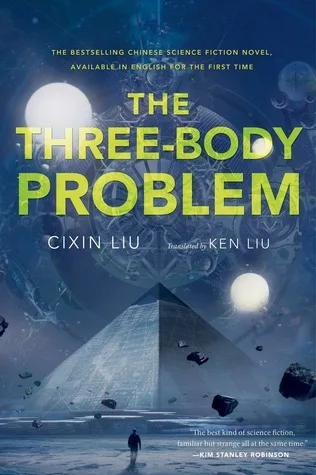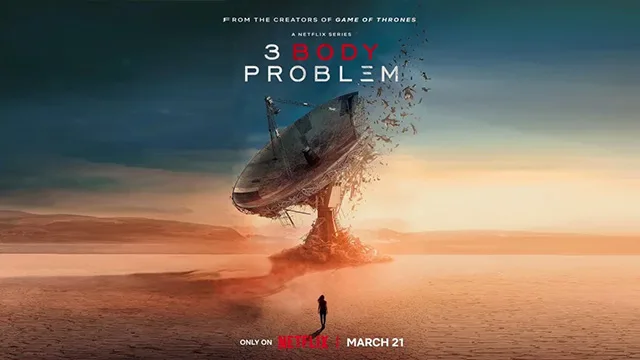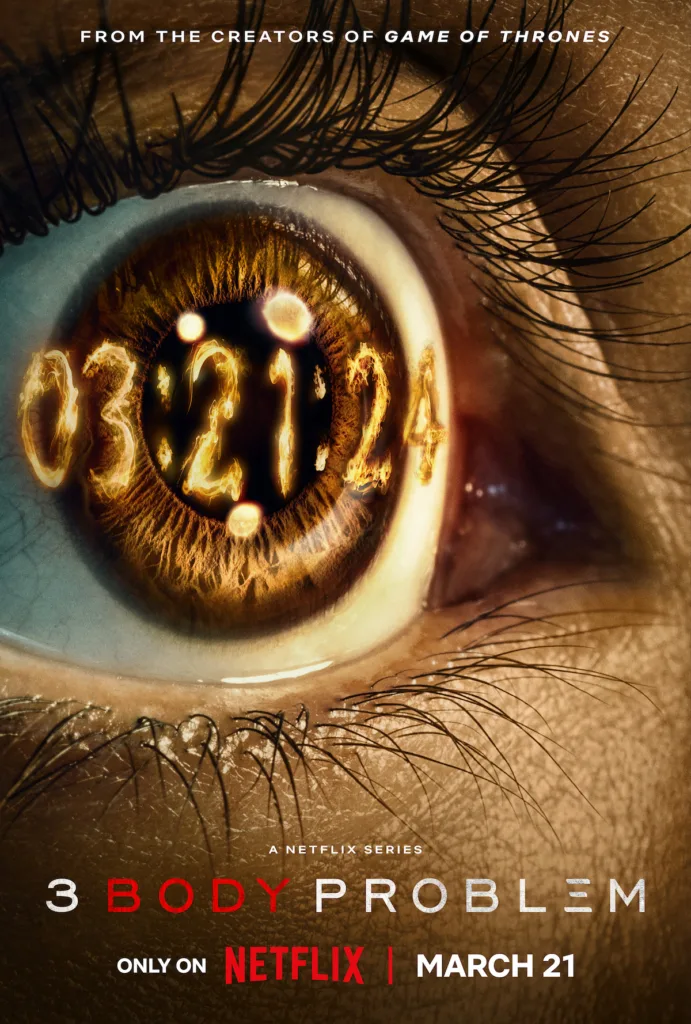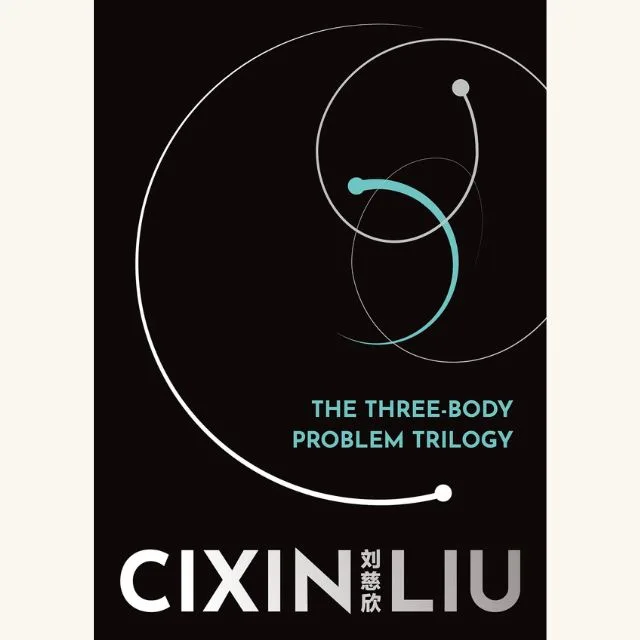Stepping into the expansive sci-fi universe of “The Three-Body Problem,” I found myself immersed in a world that stretched my imagination. Having been introduced to Liu Cixin’s genius through “The Wandering Earth,” I was eager for more. Unlike the shorter narrative of “The Wandering Earth,” this trilogy promised a vast exploration of sci-fi themes, and did not disappoint.
The Novel

The story begins with the Cultural Revolution’s backdrop, introducing us to Ye Wenjie, a character whose depth and moral ambiguity set the stage for a narrative rich in conflict and philosophical ponderings. “The Three-Body Problem” is more than just science fiction novel. It is an intricate exploration of humanity’s place in the universe, wrapped in the complexities of physics and extraterrestrial life.
Discover the universe of ‘The Three-Body Problem’—click here to start your cosmic adventure today!
Ye Wenjie quickly became a standout character for me. Her journey from a disillusioned scientist to a pivotal figure provides a foundation for the novel’s exploration of loyalty, betrayal, and the existential questions that arise when faced with the unknown.
The TV Series

Anticipation was high for the TV adaptation, and I have mixed feeling after watching it. The transition from page to screen brought Liu Cixin’s universe to vivid life. One of the series’ strengths lies in its ability to visually represent the novel’s complex scientific concepts and the alien world of Trisolaris. The attention to detail in the production design and special effects offers a stunning portrayal. I admit the series invite viewers to fully immerse in the story’s speculative wonders.
While the series excels in bringing the cosmic drama of “The Three-Body Problem” to life, there are some differences that could be a double-edged sword.
The Three-Body Problem Comparison From Page to Screen
Adapting a novel as rich as “The Three-Body Problem” into a television series is no small feat. Liu Cixin’s original story weaves complex scientific ideas with human drama. It centered around key characters who embody the novel’s philosophical and existential themes.
Character Diversification
Among the most significant changes in the TV adaptation is the decision to ‘split’ one of the main characters into several characters. This creative choice has sparked much discussion, and for myself, I found that I did not like this idea.

In the first book, Ye Wenjie and Wang Miao stand as the main characters. However, the TV adaptation takes a bold step by diluting Wang Miao’s character into five protagonists, each embodying aspects from the entire trilogy, not just the first book.
- Augustina “Auggie” Salazar emerges as the character closest in adaptation to Wang Miao, sharing his experience of having a countdown and his background in nanotechnology research.
- Saul Durand draws from Luo Ji in “The Dark Forest.” He became the reluctant hero privy to Ye Wenjie crucial secret and targeted by the San-Ti.
- Jin Cheng mirrors Cheng Xin from “Death’s End” who proposes to send a probe with the brain of a human to the San-Ti.
- Will Downing reflects Yun Tianming’s sacrificial love and strategic mind, volunteering in Cheng Xin’s daring plan to humanity’s survival.
- Jack Rooney is an original addition. His character serves as a catalyst driving the story forward through his connection with the other protagonists.
This approach to character adaptation shifts the story focus, expanding the scope of perspectives. While it offers a broader exploration, it also disperses the intense focus on individual character arcs that I might expect.
Discover the universe of ‘The Three-Body Problem’—click here to get your copy.
Reimagining Character of Yang Dong to Vera Ye
Another divergence between the novels and the TV series lies in the character evolution from Yang Dong to Vera Ye. In the book, Yang Dong is the daughter of Ye Wenjie and Yang Weining, Wenjie’s superior at the Red Coast. Yang Dong’s suicide, caused by despair induced by the Sophon’s interference in her research, casts a long shadow over the narrative. Her death particularly affecting characters like Wang Miao, her husband Ding Yi, and even her mother, Ye Wenjie.
Conversely, the series introduces Vera Ye as the daughter of Ye Wenjie and Mike Evans. She served as a mentor to the five protagonists. This shift not only alters her relationship dynamics, but also changes her narrative impact. Unlike Yang Dong, whose life and untimely death offers a haunting glimpse into the darker aspect of the story, Vera Ye plays a more guiding role for the central characters.
In the novels, the personal connections formed in the wake of Yang Dong’s death, including Wang Miao’s admiration and the shared grief with Ding Yi and Ye Wenjie, provided emotional depth and a sense of interconnectedness. By contrast, Vera Ye’s role as a mentor offers more on guidance than on shared loss.
Netflix is not the first one to do the adaptation of “The Three-Body Problem.” A Chinese production house already produced 30 episodes and truly follow events from the book. Click here to watch it with Amazon Prime!
Conclusion
“The Three-Body Problem” TV adaptation presents both an ambitious homage and a creative reinterpretation of the original trilogy. I give the book a perfect score of 5 out of 5 for its depth, character development, and existential themes. However, I only give the TV adaptation a score of 4. It is a visually stunning adaptation that captures the universe to a wider audience, but the changes did not resonate with me. I understand that adapting a complex story requires making tough choices about what to condense or reimagine. And as someone who started their journey through the novels, I have built engagement with the characters. In the end, whether through the immersive novels or the visual of the TV adaptation, “The Three-Body Problem” continues to fascinate and provoke thought, truly a science fiction masterpiece.
Author: Mia
A writer and researcher who also a tech-addict and internet-junkie. Loves quirky stuff.The Haptic Room is supported by our readers. Our site may contain links to affiliate websites, and if you make a purchase through these links, we receive a commission to support our site.

